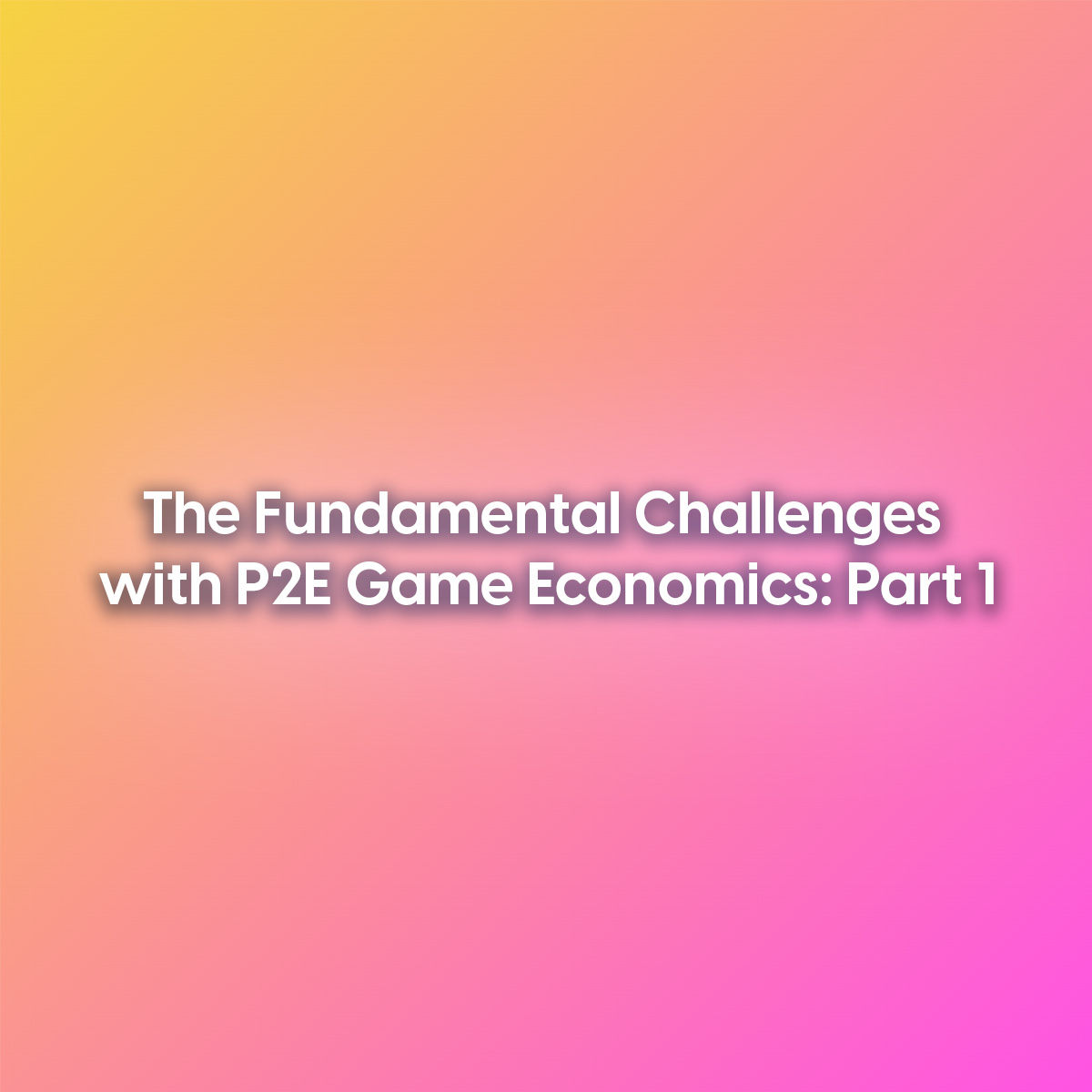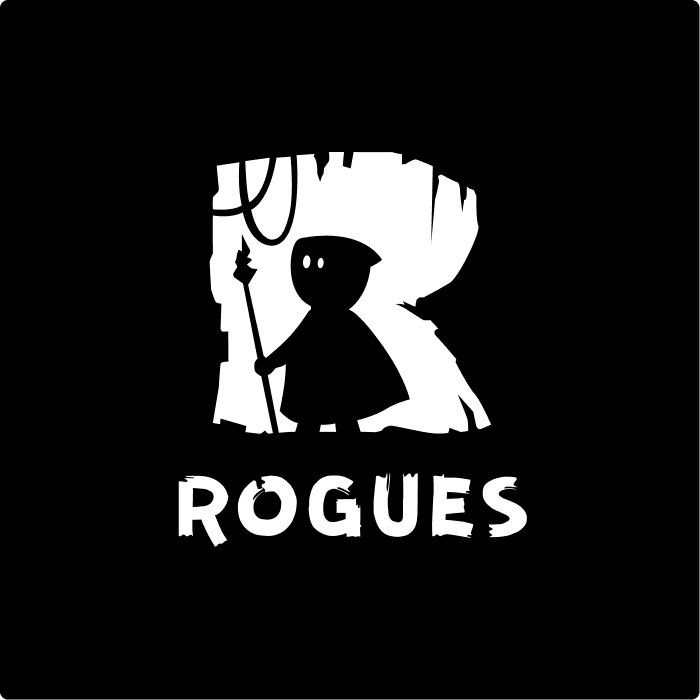In our journey to create a next-generation ‘Play-to-Earn’ game, I’ve spent a lot of time these past few months talking to people within the industry about their projects. Combine that with hours of research into ‘Play-to-Earn’ game economics, and I’m starting to paint a pretty clear picture about the fundamental challenges that our industry faces at this time. Before we start talking about possible solutions, let me first try to explain what challenges we are currently trying to overcome:
1. The Diablo Auction House Dilemma
In the year 2011, the popular game ‘Diablo’ announced that they were going to create an ‘auction house’, where players could sell in-game items for real-world cash. The reason they did this, was because up until then, a fraction of the playerbase had been selling their high-end loot outside of the Diablo ecosystem. Using sketchy secondary marketplaces, Diablo players would take the risk to sell these items that they had spent years grinding for, sometimes getting scammed in the process. Of course, Blizzard, the developers behind the game, did not like this practice, as they weren’t able to profit from it. So they came up with the auction house, hoping to facilitate players in the selling of their loot, and Blizzard could take a small percentage of the sale for providing this safe environment.

At first, the idea seemed to be a huge success. Long-time players with piles of legendary loot were finally able to profit from all the hours that they sunk into the game. Some players reportedly earnt up to $10,000 for selling these items, and life seemed good. However, after a while, Blizzard began to notice that many of their new players were no longer sticking around like they used to. In Diablo, the goal of the game was to complete a dungeon that would become increasingly difficult and drop better loot (like weapons). This created a progression system where players would grind a level to keep getting better loot, until they had enough loot to beat the next level of difficulty.
The problem was, now that new players had a way to buy the best loot with real money, it didn’t take long for them to reach the highest difficulties and feel like they 'finished' the game. Progression is a powerful game mechanic that creates longevity and replayability for gamers. By creating this ‘pay-to-win’ shortcut, Diablo found themselves in a position where they were missing a lot more revenue from potential new players who get caught in the progression loop, compared to the revenue generated from the auction house transaction fees. 3 years after starting this experiment, the auction house shut down, never to return.
Conclusion: Creating a pay-to-win shortcut to endgame content is not a lucrative solution to generate revenue in a ‘Play-to-Earn’ economy.
2. Who needs FUN when you can earn MONEY?
One of the first frustrations I experienced in the world of ‘Play-to-Earn’ gaming, is that most of the first-generation games were not fun in the slightest. Many games consisted entirely of ‘click-and-wait’ mechanics, without any moving elements or requiring player skill whatsoever. But why do these games need to be fun, right? I mean, they’re called ‘Play-to-EARN’ games. Correct, but that’s precisely the problem.
When a ‘Play-to-Earn’ is released, it usually comes with a native crypto token. This crypto is custom-built to function within the game’s ecosystem. For the most part, the only utility of this token exists within the boundaries of the game; being used to buy things, received when selling things and converted to other currencies when ‘cashing out’ profits. The value of that token will be completely defined by supply and demand factors. Supply in this case meaning ‘how many people are trying to sell their game token’ and demand meaning ‘how many people want to buy the game token’.
Another factor is Total Supply, referring to the total amount of tokens in circulation. When the Total Supply increases (because new tokens are created), the value of each token will decrease if the demand is unchanged. This is called inflation.
A ‘Play-to-Earn game will attract many different types of player:

For simplicity sake, let’s categorise these groups into value injectors and value extractors.
Value injectors are gamers who want to spend their real-life money (FIAT) to buy things in the game. This can be anything from cosmetics, to unlocking restricted access, etc… In order to do so, they will exchange their FIAT to crypto (ETH/MATIC/etc…) and then they will trade that crypto (which has real-world demand and value) for the game crypto (which only has value in the game). This creates a demand pressure for the game token. With their newly bought game crypto, the player then buys some cosmetics from the game marketplace. Their tokens are then either burnt, or they are reverted back into a company owned wallet. Either way, this action reduces the total supply of the token, which is healthy for the economy as it increases the value of the tokens remaining in circulation.
Value extractors, on the other hand, are not the ones who bring their FIAT currency into the game economy. On the contrary, they are the ones who want to turn their game crypto into FIAT currency. They’ll play the game, investing as little as possible, and be rewarded game tokens in exchange for their time playing. They will then send the game tokens out of the ecosystem to a secondary marketplace, where they will sell it to the highest bidder for other crypto (ETH/MATIC/etc…). This creates a supply pressure for the game token.

'Play-to-Earn’ game economies are a zero-sum game. This means that for every person wanting to sell a game crypto token, there has to be another person wanting to buy that token. When a game isn’t fun, it will fail to attract value injectors. An economy that only has value extractors is an economy that is doomed to fail. Conclusion: Creating a game that is fun to play is absolutely crucial to the long-term success of a ‘Play-to-Earn’ game. An economy will never be self-sustainable without a healthy balance of value injectors and value extractors.



